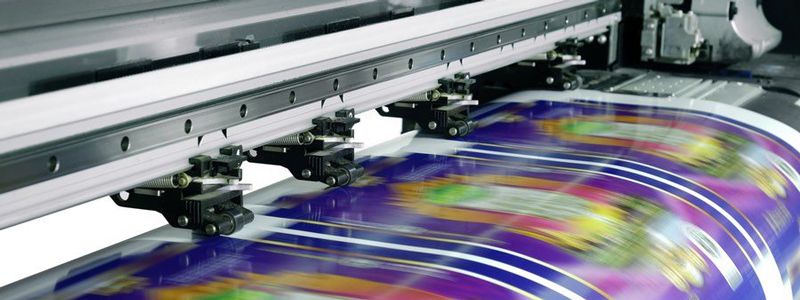Organisations must ensure they introduce the correct print methods, incorporating devices that possess long-life components, consumables and reduced energy consumption to reach sustainability targets.
Many industries seek to reduce their environmental impact through more sustainable business practices, supply chains and procurement. With environmental awareness on the rise, organisations across the print industry must ensure they introduce the correct print methods to minimise environmental impacts. This is according to Kyocera Documents Solutions UK.
According to the Cool Climate Network based at UC Berkeley, paper and print products account for around 1% of all carbon emissions, while the ICT sector contributes another 6%.
Martin Fairman, Group Sales and Marketing Director of Kyocera Document Solutions, said: “Print devices are the workhorses of document processes and consume electricity even when resting idle. Most older models were not designed with energy efficiency in mind. Even among newer machines of equivalent performance, there can be a wide range of energy consumption ratings. Reduced energy consumption across a large print estate can equate to cost savings and a positive environmental impact. Organisations should select print devices with sleep modes which directly reduce energy consumption.
“It’s no secret that print devices frequently require paper and toner replenishment, and this should be reduced wherever possible. Components such as drums, fuser units and feed rollers should only require replacement after exceptionally long usage. Organisations must prioritise using eco-friendly toner and consider selecting print devices made of recycled plastic.”
The UK government’s conversion factors for carbon emissions show that just 100,000 sheets of A4 paper have a carbon footprint of 6,000kg and require eight trees and 2,000kWh of energy. Alarmingly, the same paper recycled seven times produces 3,200KG of carbon over its lifetime.
Fairman continued, "Other sustainable printing solutions include going ‘paper-light’, which is possible through intelligent software features. As with reduced energy consumption, the impact of less print waste can equate to substantial cost savings, as well as greater environmental sustainability.
“Lastly, a reduction in noise pollution is key. The quieter print devices are during operation, the better the experience for the people using and working near them. This is unrelated to the challenge of carbon emissions but undoubtedly contributes to a positive and sustainable environment.
“Organisations that still need to print must choose the right partner to deliver printed documents in the most environmentally positive way. It would be a missed opportunity to look at environmental sustainability as simply a box-ticking exercise when considering their next print and document management solution,” concluded Fairman.






